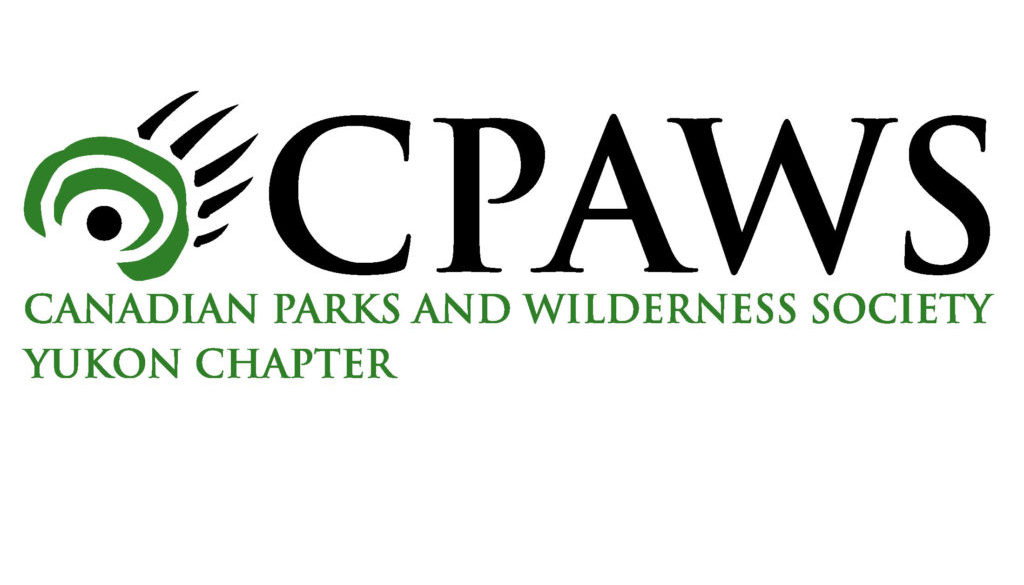Road to Rau decision underscores need for land use planning
Earlier this month, YESAB released its recommendations regarding a 65-km all-season road north of Mayo being proposed by ATAC Resources in order to access the Tiger gold deposit. YESAB approved the road, which runs just 20km south of the Peel Watershed with conditions meant to minimize the impact on wildlife, hunting and trapping. You can read the full report on the YESAB online registry.
CPAWS Yukon would like to thank all of the members of the public for their valuable contributions and comments to YESAB during the public consultation. You can view our submission here, in which we drew attention to the possible long-term impacts on fish and wildlife and advised against the all-season road. In YESAB’s recommendation, they noted the “extraordinary number of comments from governments and the public”, which informed the effects assessment. While YESAB highlighted that land use planning is outside the scope of their work, they did note that “an overwhelming number of comments from governments and from other sources indicate concern over the absence of land use planning in the region.” We did not get the outcome we sought, but we feel that public interest compelled YESAB to strengthen the conditions it applied to this project.
It is disappointing that an all-season road through pristine wilderness just 20km south of the Peel Watershed is moving forward for a project that is still in the mineral exploration phase. Above all, this tells us that we must get back on track with land use planning in the Yukon in order to have more reasoned decision-making about how the land is developed and protected, guided by the Final Agreements. The road is situated within the 88% of the Yukon that does not have a regional land use plan, and by approving it, we are pre-supposing that roads and mining are the most optimal use of the land in this area and we are potentially eliminating other land management options, such as wilderness conservation, ecotourism, traditional hunting and trapping.
However, we are consoled by the mitigating factors that YESAB has introduced to limit the impact on moose populations and other wildlife. Moose harvest is near or at sustainable harvest levels within the Mayo Moose Management Unit (MMU) in which the project is proposed, and according to YESAB’s review, the project will increase hunting pressure. To mitigate this, YESAB has recommended that the Government of Yukon and the First Nation of Na Cho Nyäk Dän develop an “access regime”, including staffed guardhouses and they’ve suggested the two governments consider requirements for the removal of bridge decking during periods where project activities are such that a road is not required. The Designated Office also recommended that both traffic monitoring and effects monitoring be completed with respect to the project. ATAC Resources did also include within their proposed list of activities the decommissioning of this road via re-contouring as well as bridge and culvert removal. YESAB noted that security will be required by the Government of Yukon in relation to closure, though no mention of the appropriate amount necessary to do so has been made.
YESAB also recommended that project activities not take place within 1km of nesting peregrine falcons, nor within 250m of Ladue Lake, which is highly valued for fishing. These measures will not completely eliminate the adverse effects on wilderness and wildlife, but they will hopefully help limit the environmental footprint of the ‘Road to Rau’ and help minimize the long-term and cumulative impacts that are known to occur when we start building roads through undisturbed wilderness. Securing these measures would not have been possible without the public’s input.
The next step is for the Governments of Yukon and Na Cho Nyäk Dän to review the recommendations, and after the issuance of a decision document, ATAC Resources can seek authorization of project activities.

